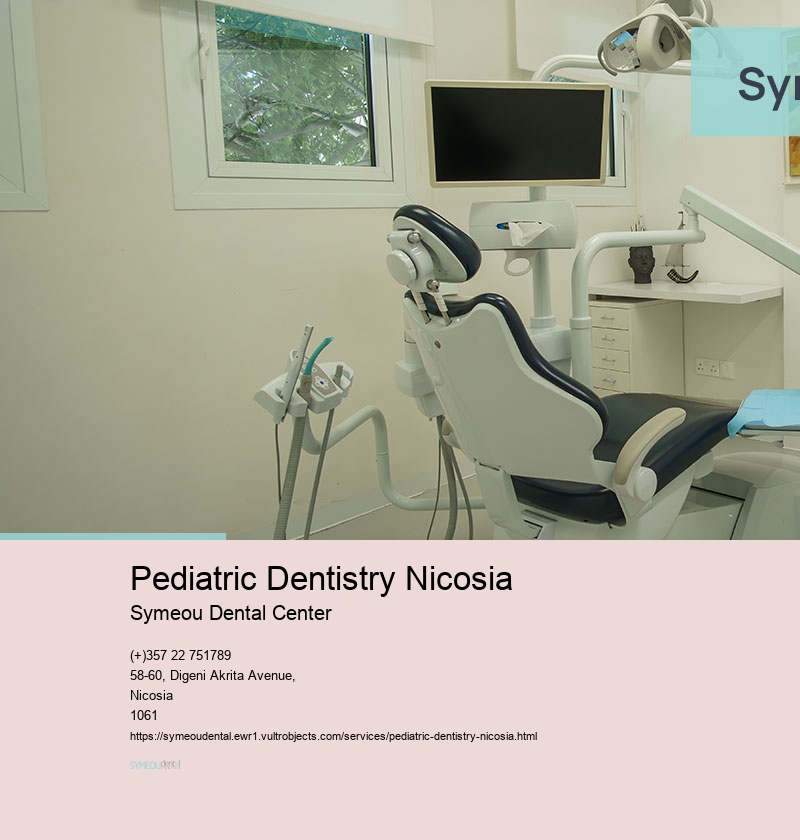Pediatric Dentistry Nicosia
Maintaining Your Bright Smile: Post-Whitening Care Tips
Teeth whitening is a common cosmetic procedure that can considerably enhance the look of your teeth by get rid of discolorations and discolorations. However, maintaining that white, white grin necessitates diligent attention and attention to your routine practices, particularly in the time and weeks following the process. The food items and drinks you ingest can have a deep impact on the long-term of your bleaching results. Dark-colored liquids like caffeine, tea, red wine, and soft drinks are famous for discoloring teeth, even after a professional whitening session. To reduce the risk of staining again, it’s recommended to minimize or skip these drinks completely or to make use of a straw to lower contact with your teeth.Moreover, swishing your mouth with H2O immediately after taking in stain-causing foods or drinks can help prevent yellowing. Beyond nutritional factors, maintaining good oral hygiene is vital for keeping your bleaching effects.
Brushing twice daily with a bleaching toothpaste can aid in remove surface stains before they have a chance to set in. Using dental floss every day is equally important, as it removes tartar and food bits from interdental areas, spots that are often skipped by brushing alone. Routine dental appointments and scalings will not only preserve your dentition and gingiva healthy but also ensure that your whitening outcome are long-lasting. Your oral care provider may suggest follow-up treatments or home-based whitening products to keep your luminous grin over time. By being mindful of your diet, maintaining excellent oral hygiene, and staying in touch with your dental professional, you can maintain a brilliant smile for a prolonged period after your whitening treatment.
